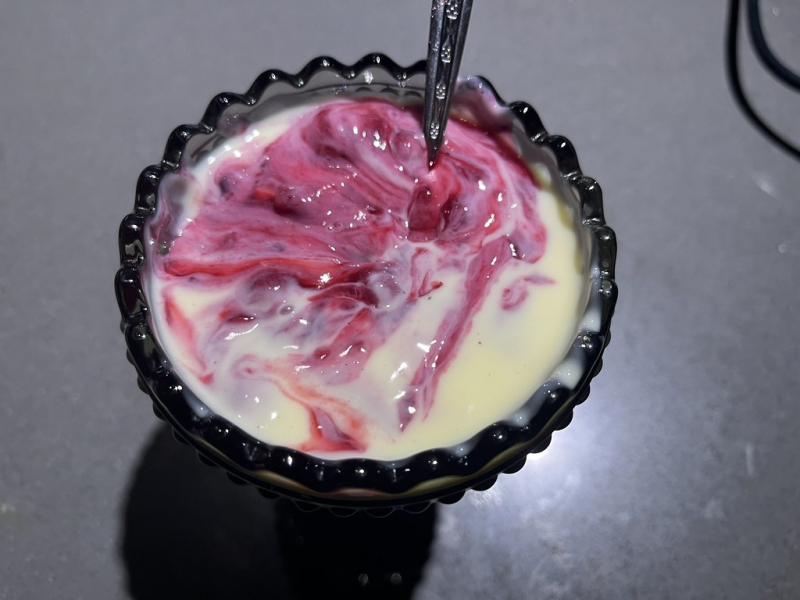Rote Grütze

Rote Grütze, a beloved dessert hailing from the northern regions of Germany and particularly popular in Schleswig-Holstein and Denmark, is a delightful and vibrant concoction that celebrates the bounty of summer berries. Its name, which translates to "red groats" or "red porridge," reflects the dessert's distinctive appearance, with a striking crimson hue that's as visually appealing as it is delicious.
At its essence, Rote Grütze is a compote made from various red and black summer berries, such as strawberries, red currants, black currants, raspberries, and sometimes cherries. The berries are gently simmered with sugar, often complemented by a hint of vanilla or lemon zest, until they release their juices and form a luscious, thickened sauce. This sauce is typically served over a bed of creamy vanilla sauce, custard, or a scoop of ice cream, creating a delightful interplay of flavors and textures.
The origins of Rote Grütze can be traced back to the 19th century when it began as a simple, thrifty dessert that made use of the abundant summer fruit harvest. Over time, it has evolved into a beloved and iconic sweet treat that epitomizes the joys of summer and the cultural and culinary traditions of the northern regions of Germany and Denmark.
Rote Grütze is more than just a dessert; it symbolizes seasonal abundance, a comforting taste of summer, and a vibrant, visually pleasing addition to any table. Its simplicity and versatility make it a cherished favorite, and it serves as a testament to the delicious results that can be achieved with the freshest of ingredients.












